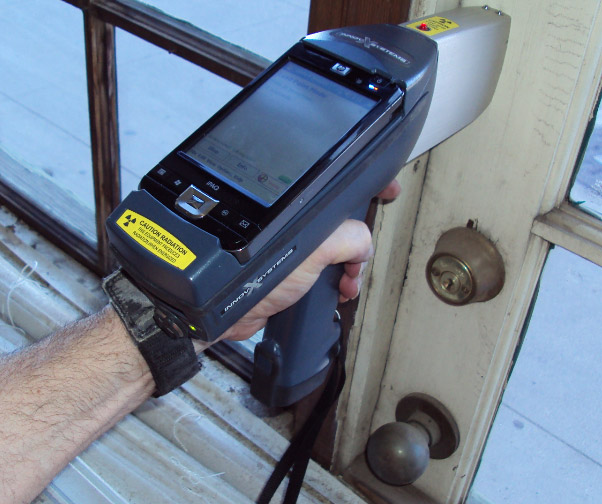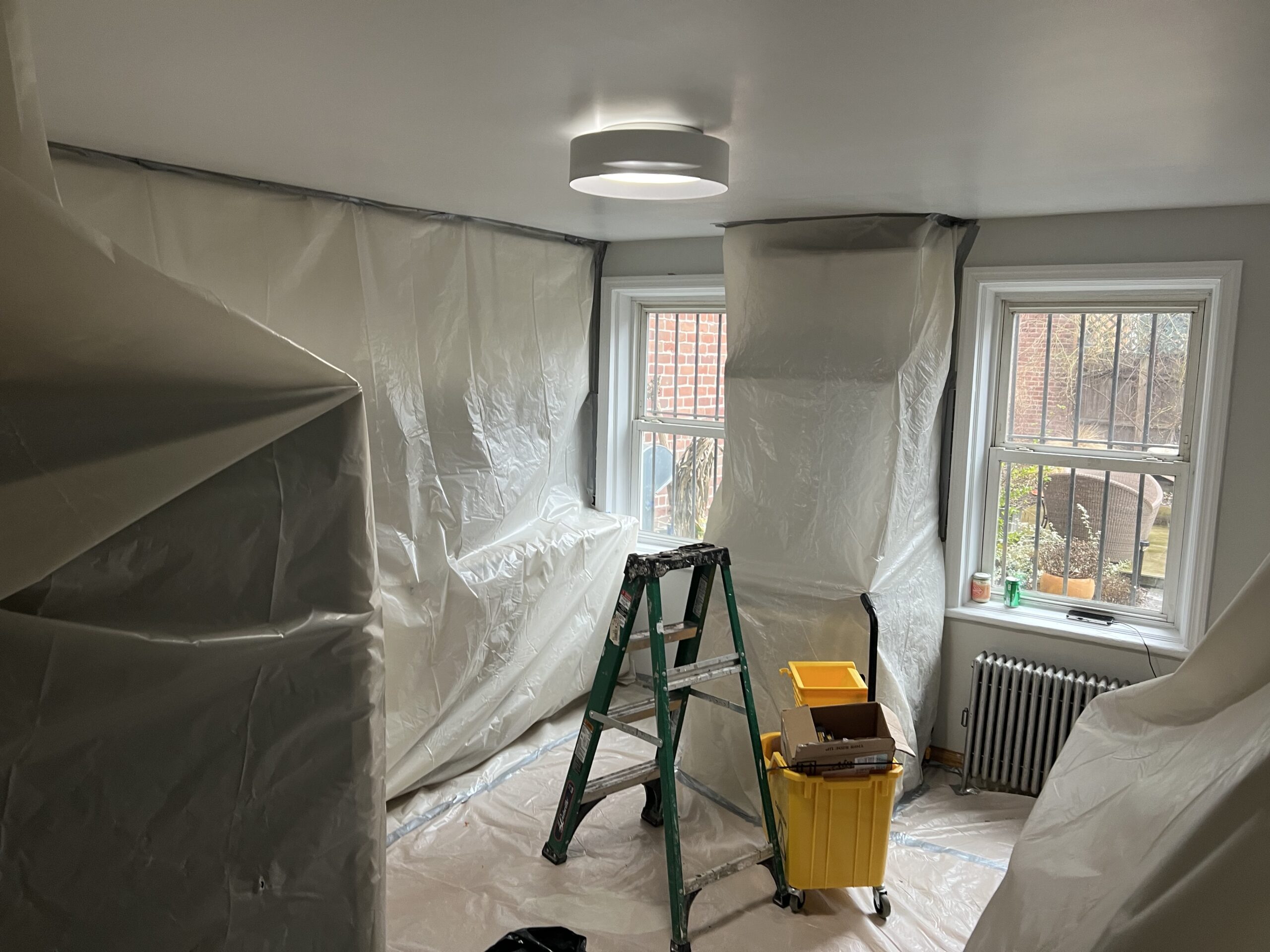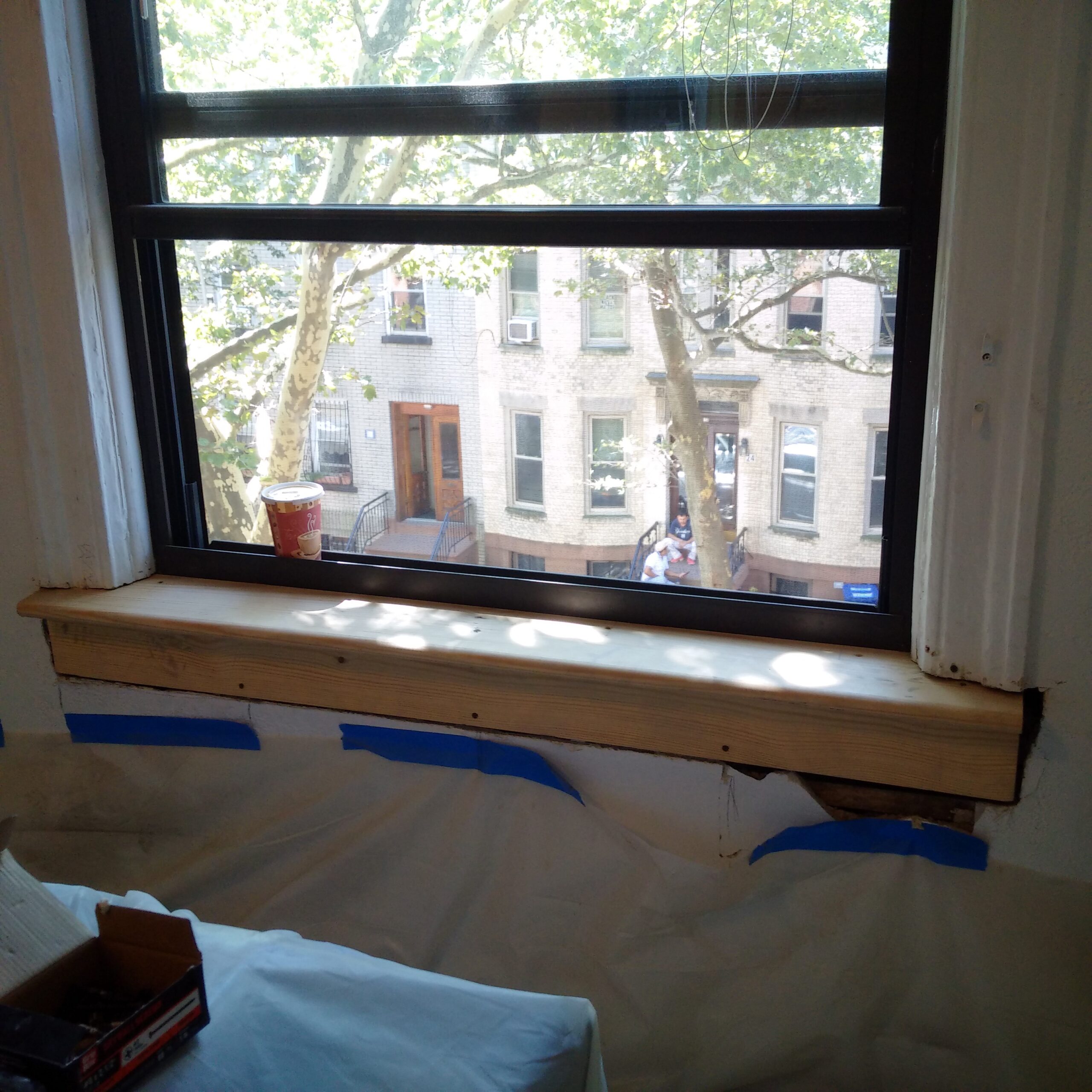Best Practices for Making Certain Safe and Comprehensive Lead Offense Abatement
Attending to lead offense abatement needs a multi-faceted approach to guarantee both security and conformity. Initial evaluations making use of advanced detection techniques such as XRF analyzers established the stage for an accurate understanding of contamination levels. Integrating correct control techniques, including closed obstacles and HEPA purification, coupled with the use of personal safety tools (PPE) for employees, forms the backbone of a protected operation. Careful cleaning methods, including HEPA vacuuming and wet-wiping, are essential. Yet, it's the final clearance procedure, including detailed inspections and laboratory testing, that really verifies a lead-free atmosphere, making sure long-lasting security. How do these practices interconnect to assure thorough lead reduction?

Initial Analysis
Carrying out an initial analysis is a vital primary step in lead violation reduction. This phase incorporates an in-depth evaluation of the building to determine the visibility, degree, and specific locations of lead-based threats. Qualified specialists, such as certified lead assessors or risk assessors, must perform a detailed site assessment, making use of tools like X-ray fluorescence (XRF) analyzers to properly spot and determine lead focus in paint, dust, dirt, and water.
The analysis should likewise consist of a review of the structure's background, previous reports, and any type of issues or health problems reported by passengers - Lead Removal Contractors. Recording the findings carefully is crucial, as these records form the basis for establishing a reliable reduction strategy. A comprehensive analysis also entails sampling and laboratory analysis, which are essential to confirm the presence of lead and guide subsequent actions
Moreover, it is imperative to communicate the results transparently to all stakeholders, including homeowner, lessees, and regulatory authorities. By ensuring that the initial assessment is conducted with precision and rigor, professionals can lay a solid foundation for a targeted and efficient lead abatement procedure, inevitably guarding public wellness and ensuring conformity with governing criteria.
Correct Control
Correct containment is crucial to protect against the spread of lead contaminants throughout abatement activities. Successfully managing control reduces the risk of lead dirt and debris moving to non-work areas, consequently protecting both the setting and individuals outside the prompt work area.

Normal evaluations of the control area are needed to look for violations or weak points in the barrier. Any kind of identified problems should be immediately addressed to preserve the honesty of the containment. By adhering to these techniques, abatement jobs can properly control lead contamination and alleviate associated health and wellness threats.
Worker Security
Making sure employee protection is vital throughout lead abatement projects to avoid occupational exposure to dangerous lead fragments. Essential steps consist of the usage of individual safety equipment (PPE) such as respirators, gloves, and full-body fits particularly made to obstruct lead dust and fumes. Workers ought to go through detailed training on the proper use and upkeep of PPE, consisting visite site of fit testing for respirators to guarantee maximum effectiveness.
Engineering controls, such as regional exhaust air flow systems, are vital in decreasing air-borne lead concentrations in the workplace. Management controls must likewise be carried out, consisting of restricting the duration of exposure and turning workers to decrease private exposure times. Routine medical surveillance and biological monitoring are essential for early detection of lead absorption, enabling timely treatment and therapy.
Moreover, developing a decontamination protocol is vital. Workers have to adhere to rigid decontamination procedures before breaks and at the end of their change to avoid lead dust from being carried outside the workplace. This includes extensive hand and face washing with lead-specific cleansing representatives and altering out of contaminated apparel.
Careful Clean-up
Maintaining a secure workplace expands past worker defense and includes meticulous cleaning to make sure lead particles are extensively eliminated from the site. The procedure of precise cleaning is vital in stopping the recontamination of the eased off location and securing both current and future owners.
To accomplish a thorough clean-up, all workspace have to be systematically sanitized. This involves making use of specialized HEPA (High-Efficiency Particulate Air) vacuum and wet-wiping strategies to catch and get rid of fine lead dirt that might have decided on surface areas. It is vital to cleanse all horizontal surface areas, consisting of floors, home window sills, and kitchen counters, as well as upright surface areas that may have caught lead fragments.
Workers should put on appropriate personal safety tools (PPE) during clean-up to stay clear of direct exposure to residual lead dust. Utilized cleansing products such as wipes, sponges, and mop heads ought to be taken care of according to contaminated materials disposal laws.

Final Clearance
Last clearance is the critical concluding phase of lead reduction that establishes whether the website is safe for reoccupation. This vital action entails thorough inspection and testing to confirm that all lead dangers have actually been properly eliminated. The process begins with a visual evaluation by a licensed lead-based paint examiner or danger assessor to make sure no noticeable dirt or particles continues to be. This is adhered to by accumulating dirt clean examples from numerous surface areas, consisting of floorings, windowsills, and various other horizontal surfaces. Lead Removal Contractors.

Last clearance testing not just secures future residents but additionally makes sure compliance with neighborhood, state, and government policies. It serves as a recorded validation of the reduction specialist's adherence to industry finest practices. Making certain a complete and successful last clearance is important in guarding public health and wellness and cultivating rely on the reduction process.
Verdict
Guaranteeing secure and comprehensive lead offense abatement requires a complex method incorporating initial evaluations with browse around these guys innovative detection techniques, reliable containment methods, stringent worker security methods, and precise clean-up treatments. The last clearance phase, featuring thorough inspections and lab screening, is critical to confirm compliance with EPA requirements. Adherence to these ideal techniques ensures a secure setting for occupants, reduces health and wellness threats, and promotes regulatory needs, thereby promoting public health and wellness and security in lead-affected locations.